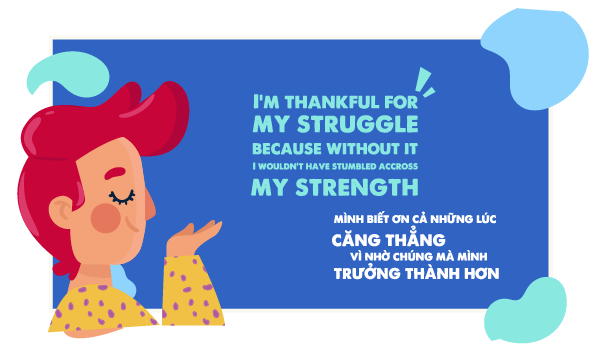(Translated from 5 Essential Steps to Help Children Cope with Stress by biglifejournal.com)
Studies show that children and teens are more stressed out today than ever before. The combined pressures of schoolwork, high-stakes exams, social life, sports or other activities, plus lots of screen time have resulted in much higher levels of anxiety and stress among young people.
We can’t completely eliminate stress for our children. Plus, shielding your child from the difficulties of life won’t do her any favors. It’s far more powerful to raise a resilient child who can bounce back from hardship and challenges. Since stress is a natural part of life, your goal is to teach your child healthy strategies for coping with stress. You can start by following the five steps below.
















